At the Salton Sea, Uncovering the Culprit of Lung Disease
When David Lo first visited the Salton Sea shore in the spring of 2018, he was struck by the sheer oddness of the place: the beach of barnacle shells and pulverized fish bones; the abandoned dock far from the water’s edge; the unremitting smell of decay. It was like a scene from a science fiction movie, recalled the 66-year-old biomedical researcher from University of California, Riverside, familiar yet “just off of normal.”
But it was also pleasant, in a way. The sun glistened off the placid surface of the water, the Chocolate Mountains rose in the distance. At first, he said, “all those odd parts don’t hit you in terms of potential, like ‘Oh my gosh this is a toxic, nasty sort of thing.’” But for him that’s changed, he added, “having learned more about what’s going on.”
Now, after nearly a decade of research, Lo recommends that anyone visiting the lake wear an N95 mask. Something in the environment — in the water, the land, the air, or all three — appears to be making people in the region sick with a respiratory disease that presents like asthma. Children have been especially impacted; in some areas more than a quarter of kids have been diagnosed with asthma, more than four times the national childhood asthma rate. Even more children, whether they have been diagnosed or not, display asthma-like symptoms — more than a third of kids in certain areas. And although residents of the area have long believed the Salton Sea to be toxic, Lo and other researchers at UC Riverside are only now beginning to zero in on a culprit. And it’s one that nobody expected.
The Salton Sea, the largest lake in California by surface area, has been drying up in recent years, the result of drought and water management decisions on the Colorado River and in the Imperial and Coachella valleys, whose agricultural runoff feeds the lake. As the waterline recedes, large areas of formerly submerged lakebed, or playa, are exposed, leaving a fine silt that is picked up by the strong winds of the region and blown into nearby communities.
Scientists have long understood there to be a connection between the dust and the region’s poor respiratory health. But after years of research, recent findings have offered surprising new insights: The prime suspect now is a naturally occurring toxin, embedded in the dust. The discovery holds far-ranging implications — not only for the Salton Sea, but for other drying lake systems around the world.
Scientists have long understood there to be a connection between the dust and the region’s poor respiratory health.
For Michael Kleinman, an environmental toxicologist at the University of California, Irvine, who is not involved with the Lo team’s research, the Salton Sea may simply provide a glimpse of the future, as climate change begins to produce new and unexpected health challenges. “We are going to see novel things happening,” he said. “They may have just been the canary in the coal mine on this one.”
For Lo, however, the journey to this moment has been long and complex, requiring years of collaboration with a multidisciplinary team of scientists devoted to understanding the shrinking body of water. At the outset, his conversations with families who have felt the environmental effects, as well as ecologists, chemists, and other researchers suggested a sprawling puzzle to be put together: “There’s so many dots that need to be connected.”
So he set out to connect those dots.
Prior to Lo’s first visit to the lake, a colleague at the UC Riverside medical school had begun introducing him to families in the region in order to discuss their health concerns. The most common affliction, by far, was respiratory disease. What shocked Lo, however, was not just that the disease was rampant in the area — it was that nobody seemed to be actively investigating its causes.
And in those meetings with families, Lo noted, something else felt like it wasn’t adding up. Many of the people he spoke with connected their children’s breathing problems to the lake, but the specific concerns they raised — pollution in the water from pesticides, for example, or the presence of heavy metals like arsenic or selenium — were unlikely to cause respiratory symptoms. When Lo began to look into the issue, he encountered more questions than answers. Although scientists had been warning of health impacts from the drying lake for decades, there were few detailed, region-specific epidemiological studies; it was therefore impossible to know how widespread the illness was, how long it had been occurring, or whether it had become worse over time.

In 2018, Lo received funding to study the health impacts of Salton Sea dust on mice. By then he had teamed up with Emma Aronson, an environmental microbiologist at UC Riverside, who was just coming off a project studying the core microbiome of global dust. As part of that research, she had installed several dust collectors near the Salton Sea and had started gathering samples. Lo had previously collaborated with UC Riverside’s engineering department to design and build aerosol exposure chambers — large boxes that mice can live in for weeks at a time while being exposed to precise amounts of various chemical extracts — and Aronson’s lab began to process the Salton Sea samples for use in the chambers.
When Lo’s team exposed the mice to extracts from the Salton Sea dust, they quickly exhibited a dramatic inflammatory response. “The fact that we saw an inflammatory response in the lungs of these animals after a couple of days — that was impressive,” said Lo. “At the time, we were saying ‘Oh that’s great, our system is working.’ Looking back, we should have been panicked.”
The mice’s severe reactions to the Salton Sea dust extract, however, only deepened the mystery. Lo’s original hypothesis had been that the dust contained some sort of allergen that was triggering asthma, but that hypothesis was quickly dashed. The mice didn’t exhibit an allergic response at all, nor was their immune response consistent with what would have been expected from less common, non-allergic asthma.
“At the time, we were saying ‘Oh that’s great, our system is working.’ Looking back, we should have been panicked.”
The Salton Sea dust, it seemed, was triggering some other type of disease entirely, distinct from asthma but potentially presenting with similar symptoms. “We don’t have this disease fully characterized,” said Keziyah Yisrael, a former Ph.D. candidate in the Lo lab who will continue her research as a postdoctoral researcher in late August. “This is a whole different entity that we don’t think we’ve seen before.”
The pressing question, then, became: What’s in the dust?
Emma Aronson’s lab was faced with a conundrum. To create the samples for Lo’s exposure chambers, the researchers had to put the Salton Sea dust through a filter that removed all particulate matter and bacteria, which left a complex mixture of perhaps thousands of different chemical compounds. Not only was it impossible to know which one of those compounds was causing the reaction in the mice, it was also daunting to even identify them.
“I was overwhelmed by the different chemical possibilities of what we could be seeing,” said Aronson, later adding, “If you don’t know what you’re looking for, it’s very hard to know what’s in it.”
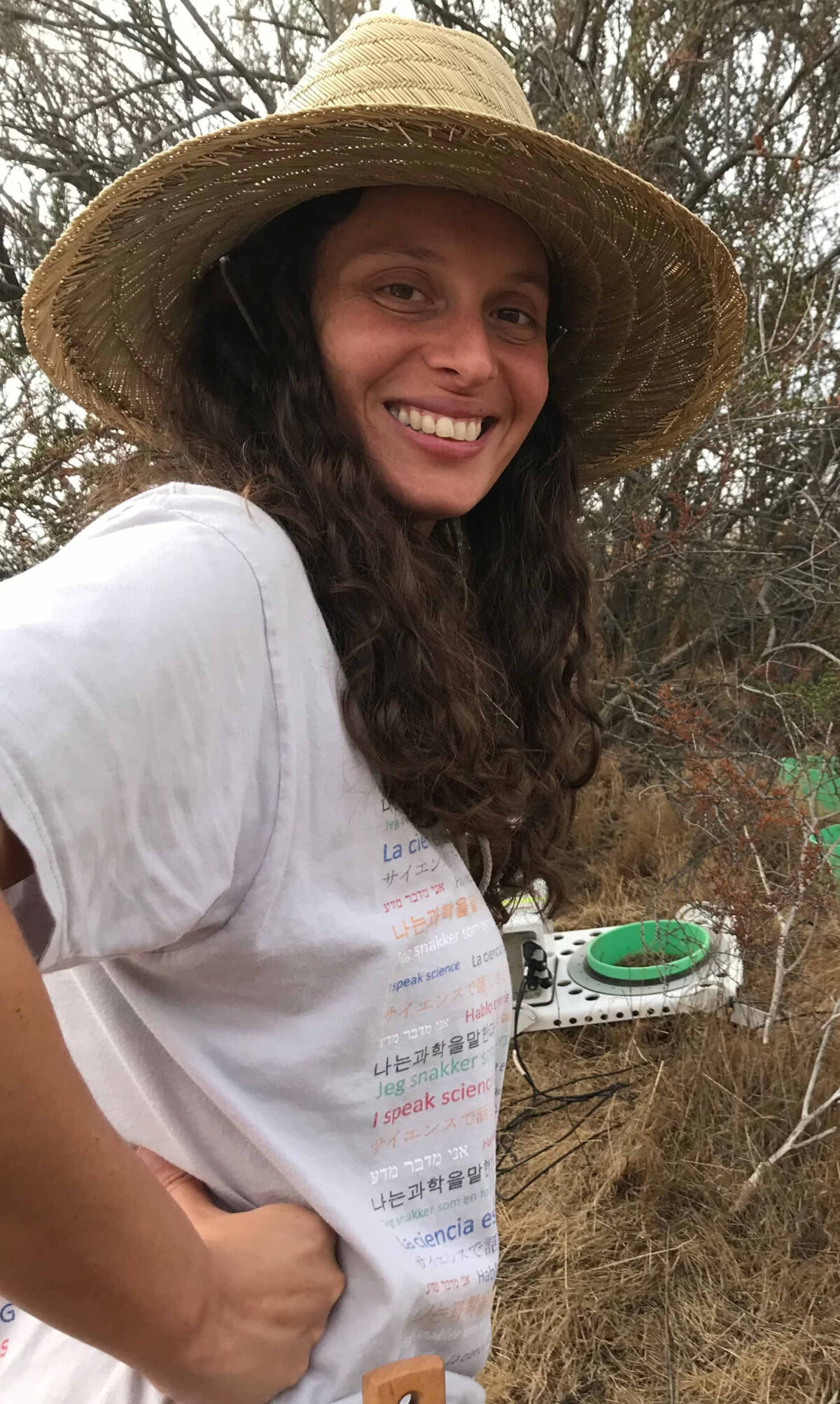
Environmental microbiologist Emma Aronson poses for a photo during recent fieldwork. Along with Lo, Aronson has been studying what exactly in the Salton Sea dust is making people ill with an asthma-like disease.
Visual: Jon Botthoff
The team decided to work backwards. Lo’s lab began to expose the mice to a variety of commercially available extracts in essentially a sophisticated process of trial-and-error, observing the mouse’s immune responses and endeavoring to bring the responses closer and closer into alignment with the responses the scientists observed from the Salton Sea dust. Through this process, they found a possible cause — a bacterial toxin known as lipopolysaccharide, or LPS.
LPS is a family of molecules that form a major component of the cell membranes of a certain type of bacteria, known as gram-negative bacteria. According to Lo, the LPS itself isn’t technically toxic to humans; rather it can trigger the immune system to overreact, and this response, rather than the toxin itself, causes the inflammation that can result in asthma-like symptoms. The team published their findings in early 2023, noting that although the reactions to the Salton Sea dust mirrored those to LPS closely, there were still a few key differences. Therefore, the team concluded that “while LPS may be a contributing compound to dust-driven pulmonary inflammation, it is unlikely to be the only factor.”
But after the paper was published, the team acquired a group of mice that had been genetically engineered to lack receptors for LPS and exposed them to the dust. They did not react at all. Those findings, which are currently being prepared for journal submission and have not yet been peer reviewed, seem to indicate that LPS is, in fact, the culpable compound, and that the slight differences in response between the Salton Sea dust and the commercially available LPS may be due to the fact that different varieties of LPS have different molecular structures. “The fact that the symptoms went away is certainly suggestive,” said Kleinman, who was not involved in the research.
The discovery that LPS may be the major factor contributing to the inflammation raised as many questions as it answered. The scientists were still uncertain how much LPS was in the dust, and whether it was distributed evenly. Moreover, they didn’t know what microbe or microbes — there could be many — produced the toxin, and therefore had no idea how it spread through the environment. “It could be in the water, it could be in the air, it could be on the playa, it could only matter at the water-playa interface,” said Aronson. “It could be in just one region of the sea, or it could be all throughout the sea. It could only be at the surface in the summer. There’s so much. I think it’s a very intriguing mystery.”
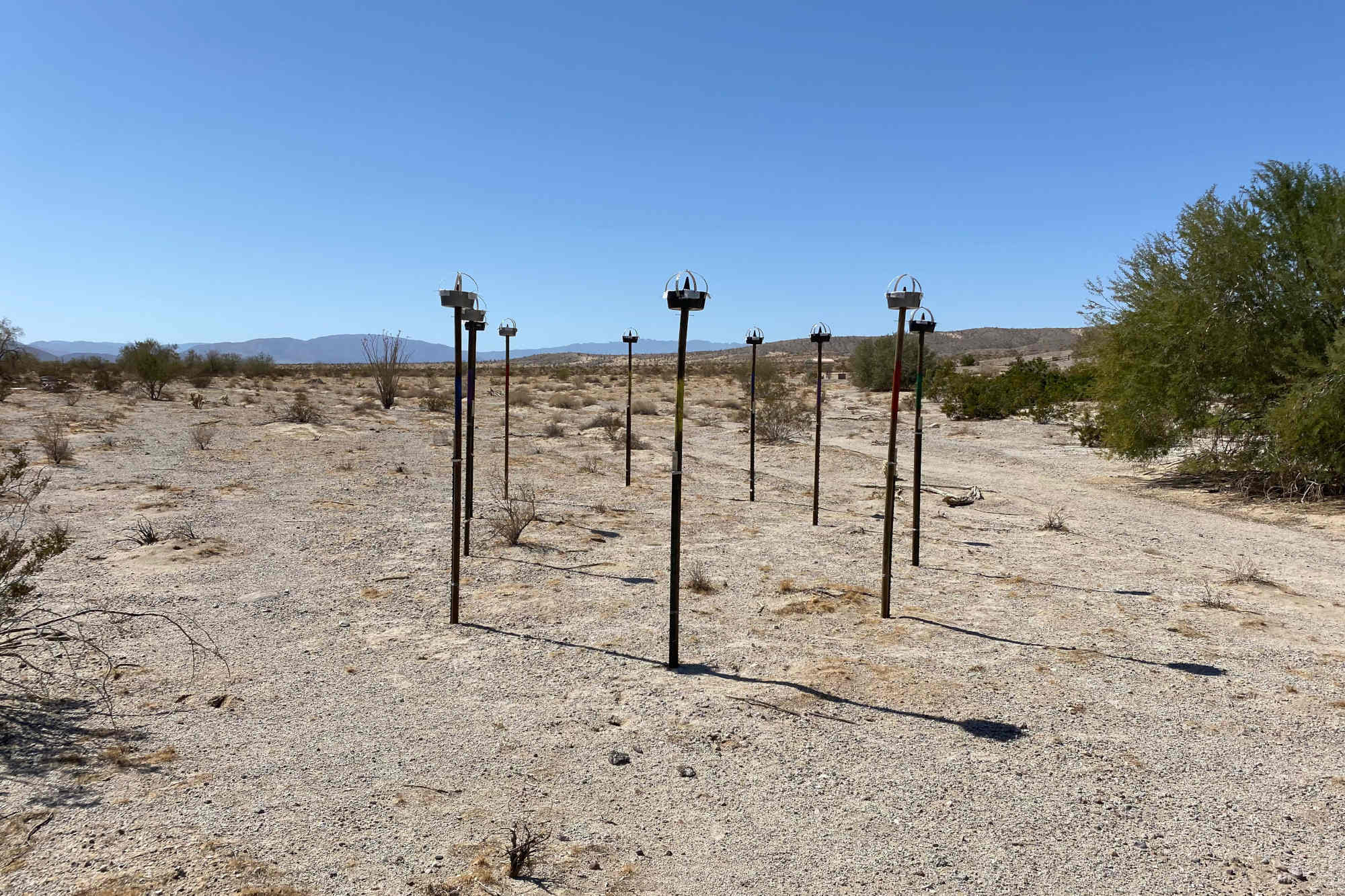
As the scientists examined the LPS concentrations in the dust, two key things emerged: First, tests designed to mimic an immune response to LPS reacted strongly to the dust, indicating that either there was a lot of LPS or that it was extremely potent. “The fact that that’s off the charts says we may or may not have a lot of this LPS in our sample,” said Aronson. “But the amount that is there is going to cause a lot of harm.” Second, as they sampled from different sites around the lake a pattern emerged: Dust from the southern end of the lake, it seemed, contained higher concentrations of the LPS than dust from the northern end.
In parallel to the work investigating LPS concentrations at various sites around the lake, Lo also began to look into patterns of asthma-like symptoms in humans who live in the region. In 2022 he approached a Palm Desert based nonprofit called Health Assessment and Research for Communities, or HARC, which conducts community health research, about carrying out a survey of childhood asthma diagnoses and symptoms in communities near the Salton Sea. Together, Lo, HARC, and clinicians from the UC Riverside medical school designed a questionnaire, and in August 2023 the survey was sent to nearly 25,000 households in the region. Over the following months, 840 families responded, likely making it the largest survey to-date specifically looking at asthma symptoms around the Salton Sea.
The results were striking. Nearly 29 percent of all families surveyed had children who had exhibited asthma-like symptoms, such as wheezing or whistling in the chest, at some point in the past. However, just over a fifth of families had children that had officially been diagnosed with asthma, suggesting underdiagnosis was common.
“Their jaws were dropping, like ‘Oh my gosh, it’s all fitting into place.’”
Crucially, however, the symptoms were not evenly distributed around the lake. When broken down by geographical area, the researchers found that respondents from communities near the southern shore had more than twice the prevalence of official asthma diagnoses than communities near the northern shore. And looking beyond official diagnoses, 37 percent of families at the southern end reported having kids with asthma-like symptoms, compared to 23 percent at the northern end.
Daniel Polk, a research and evaluation associate at HARC, called the results “shocking,” especially in communities near the southern shore of the lake.
For Lo and the other researchers, however, the results were remarkable for a different reason — the geographic distribution of the asthma symptoms seemed to map closely onto the geographic distribution of the LPS. The southern end of the lake was also the main entry point for agricultural runoff, which is laced with nutrients and feeds explosive biological activity. “All these things are coming together,” said Lo. “The nutrients driving the bacterial growth, driving the toxin getting into the dust, driving the symptoms.” Lo recalled that at one meeting this year of the Salton Sea Task Force, a multidisciplinary group of UC Riverside scientists that studies the Salton Sea, the findings of the various threads of research began to converge: “That was the meeting where everybody was, you know their jaws were dropping, like ‘Oh my gosh, it’s all fitting into place.’”
Although the findings point to LPS as the main driver of the pulmonary disease in the region, there are still major caveats. “When you’re trying to compare the response of a mouse to the response of a human, there are some physiological differences, there are some biochemical differences,” said Kleinman. Ultimately, he added, what happens “in a mouse may be very different than what you see in humans.”
Lo agreed. “Mice are not people,” he said. “And so although we have some intriguing data and connections and correlations, we now need to actually study the people.” To do this, Lo’s lab is currently writing grants to conduct clinical research on children of the region, in which they plan to collect mucus from the lungs, as well as blood samples, to look for similarities between the human and mouse diseases. That will be a time-consuming process, said Yisrael, the researcher from the Lo lab, perhaps taking years.
In the meantime, she said, there is still much work to do to understand the disease itself. “What we’re seeing in the Salton Sea region is not like conventional asthma, it’s certainly not allergic asthma, it seems to be a little different than non-allergic asthma as well,” she added. “So I think there’s a lot of holes still for us to fill in order to characterize this disease.”
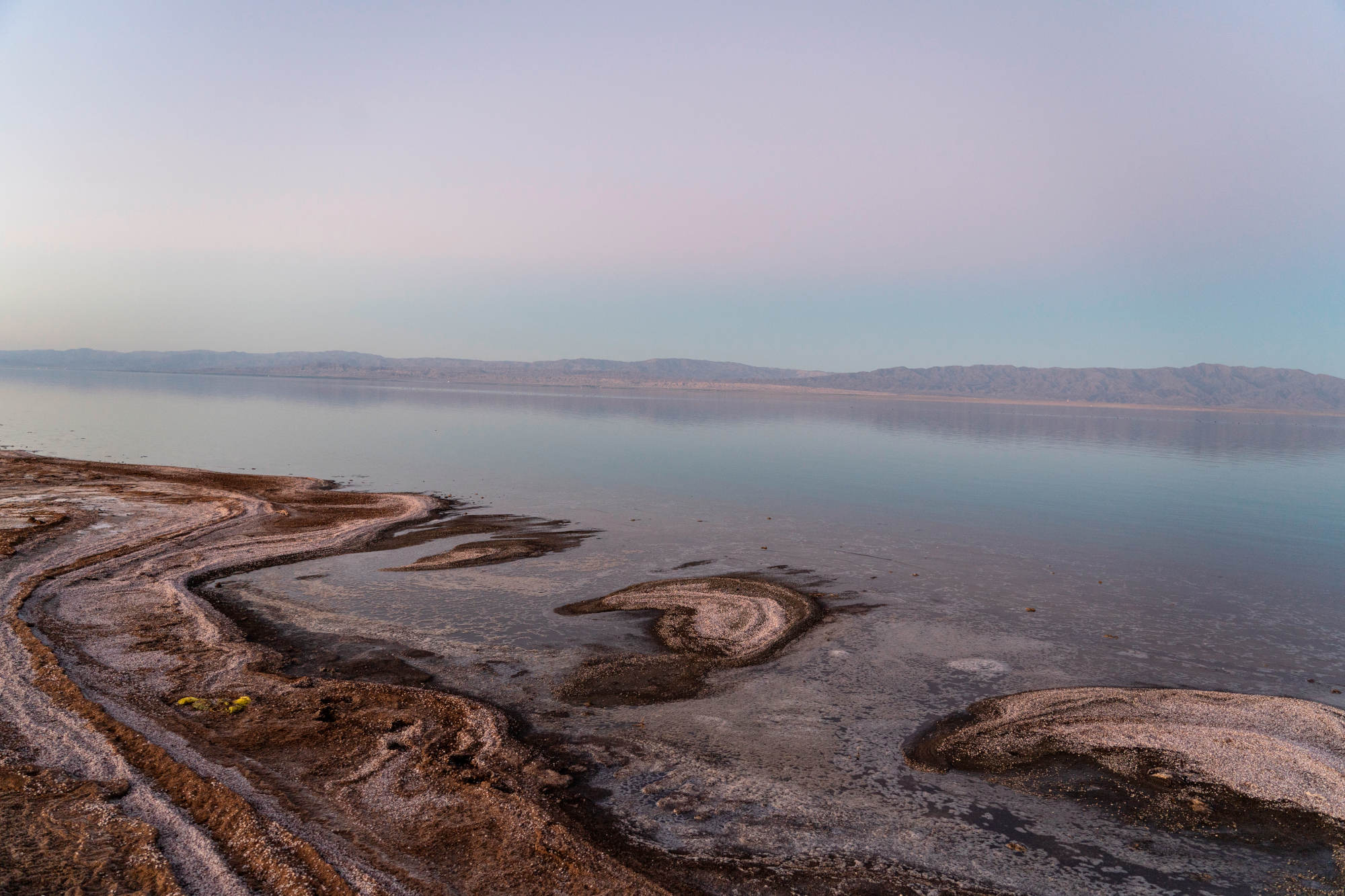
Another major challenge for the researchers is determining which microbe or microbes produce the LPS, a task that Aronson’s lab is tackling through DNA analysis. In one such approach, using metagenomics, the researchers will look at all genetic information of a given environmental sample to determine the number of bacterial species as well as their prevalence. Additionally, shotgun metagenomic sequencing, which chops up pieces of DNA in the metagenome like a jigsaw puzzle being broken apart and scrambled, can be used to search for individual genes involved in LPS production.
It’s challenging work, but Aronson isn’t totally without direction. The fact that the LPS seems so prevalent in many of the Salton Sea samples seems to suggest two things, she said. First, the bacteria or bacterium that produce it are likely to be a common species. Second, they may be especially durable organisms, capable of withstanding the extreme conditions presented by the Salton Sea, with its high concentration of salt and unique chemical profile, for prolonged periods of time. This, she said, can help narrow down the possibilities. “It’s not just a needle in a haystack,” she added, “but it is not assured either.”
The search for the microbes responsible for the toxic LPS could have major implications for the health crisis in the region. If scientists can identify the microbes, they will then be able to study the conditions under which they thrive, and potentially determine mitigation strategies to disrupt those conditions. For example, if they discovered that the microbes thrived under high phosphorus conditions, lake managers could work with farmers in the region to manage their use of phosphorus-containing fertilizers. Or perhaps bio-reactors could be used to break down the nutrient before it enters the sea. Techniques could be employed, Aronson said, “that are literally on no one’s radar right now.”
Near the end of May this year, Lo hosted a forum at UC Riverside on the health effects of dust and other particles that can be suspended in air. Many of the presenters were graduate students or faculty from various labs at UC Riverside that study the Salton Sea, but one of the keynote speakers, Molly Blakowski, had flown in from a different state entirely. Blakowski studies the Great Salt Lake, in Utah, and her invitation to the event reflected a growing concern among the UC Riverside investigators: What if this toxic LPS is not unique to the Salton Sea?
In a recent interview with Undark, Blakowski drew parallels between the Salton Sea and the Great Salt Lake — both are hypersaline, terminal lakes that are rapidly shrinking; both contain areas where nutrients from agricultural activity enter and impact the microbiome. Another similarity, she said, is that there are major knowledge gaps regarding the lake and its impact on human health.
Although many have begun to worry about the health effects of the drying Great Salt Lake, limited research has been done to understand those effects. Blakowski, who recently secured funding for a study that will look at the correlation between Great Salt Lake dust events and emergency room visits, believes that the worries need to be taken seriously. “This is a concern,” she said. “And yeah, maybe it’s not doomsday right now, but we should be proactive rather than reactive and get as much information as we can now. And so my hope is just that the science will speak for itself.”
“If we can understand it, and come up with strategies of prevention here, those strategies could be implemented around the world before people begin to get as ill.”
In addition to her upcoming work looking at emergency room visits, Blakowski is also pursuing a collaboration with Lo’s lab, with the aim of potentially supplying Great Salt Lake dust to blow into the mouse-exposure chambers. The scientists are eager to see if the mice demonstrate a similar disease profile with Great Salt Lake dust. If they do, according to Yisrael, it could potentially have global implications. She points to areas like the Aral Sea, on the border of Kazakhstan and Uzbekistan, as well as lake systems closer to home, like Mono Lake, in central California. “All of these areas globally are drying up, and around these areas are communities which complain of severe asthma-like symptoms,” said Yisrael. “And knowing from the Salton Sea region, although this disease is generating asthma-like symptoms, this may be a complete different entity.”
Aronson agrees. “Maybe we’re seeing something happening now that will start happening more and more,” she said. “And if we can understand it, and come up with strategies of prevention here, those strategies could be implemented around the world before people begin to get as ill as some folks who live near the Salton Sea are getting now.”
But, as Lo is quick to point out, the team still has a lot of distance to cover before the relationship between these lake systems and human health is well understood. “We are asking questions that nobody has asked before,” he said. “There may be a ways to go before we can get any start on the answers.”




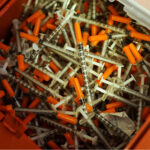

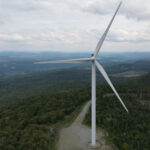

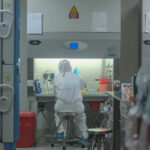

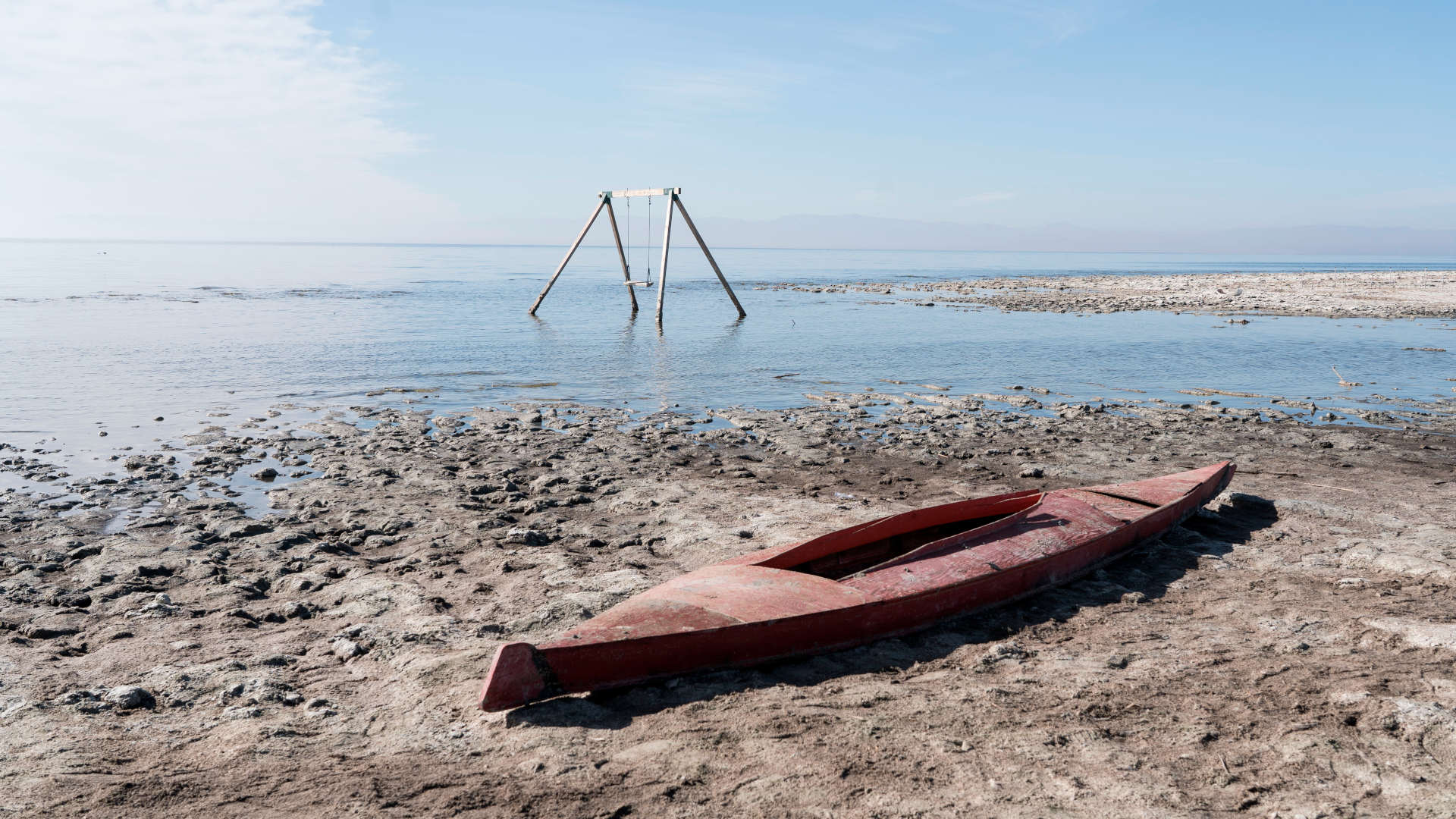
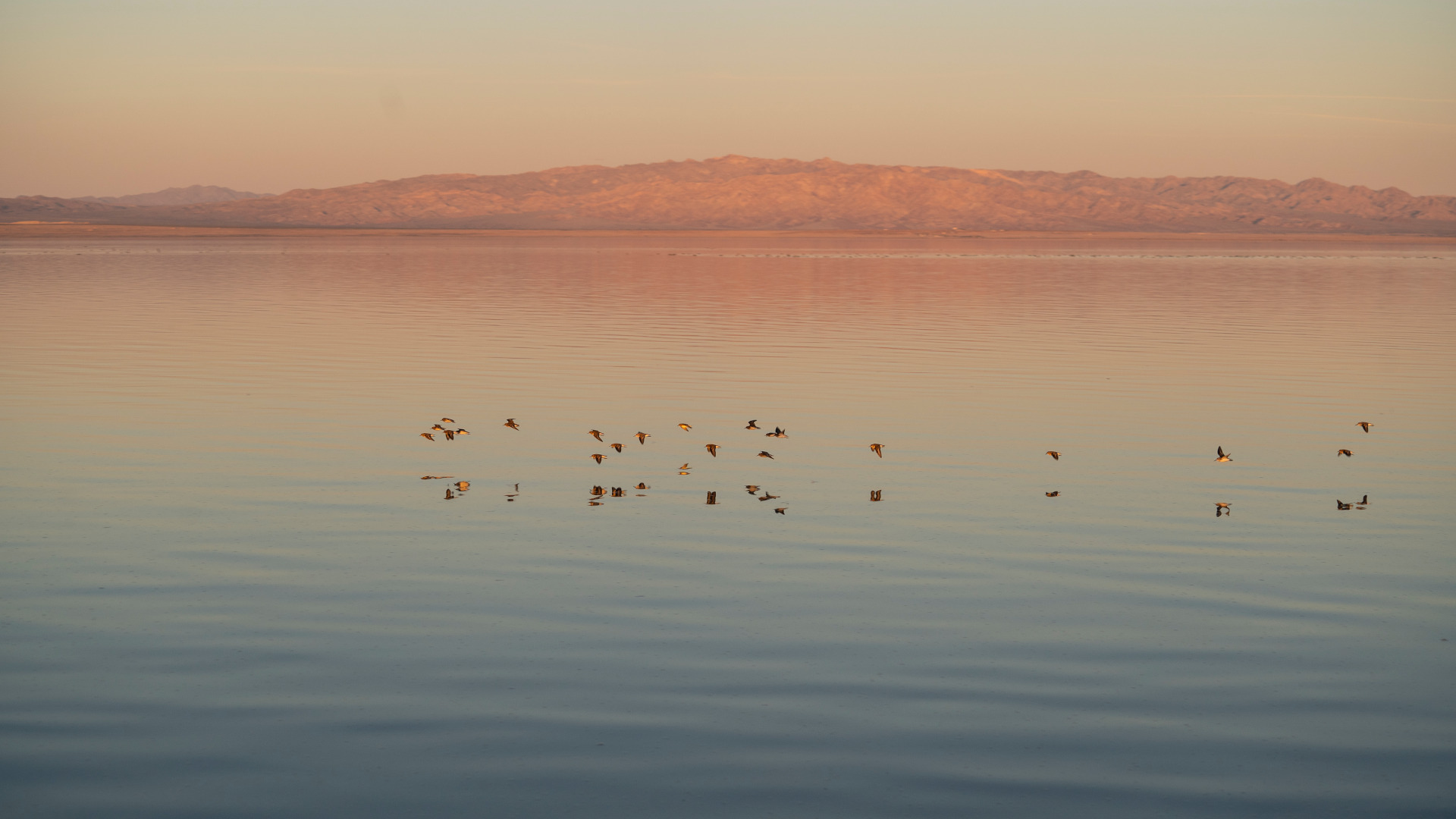
Forever chemicals that is the problem. NO human should ever be exposed to this toxic mess. Hope you all are getting paid big time for overlooking these hazards to human, animal, an.d everything. Fire retardant number 1. Costly and very dangerous. Phos Chek it out.